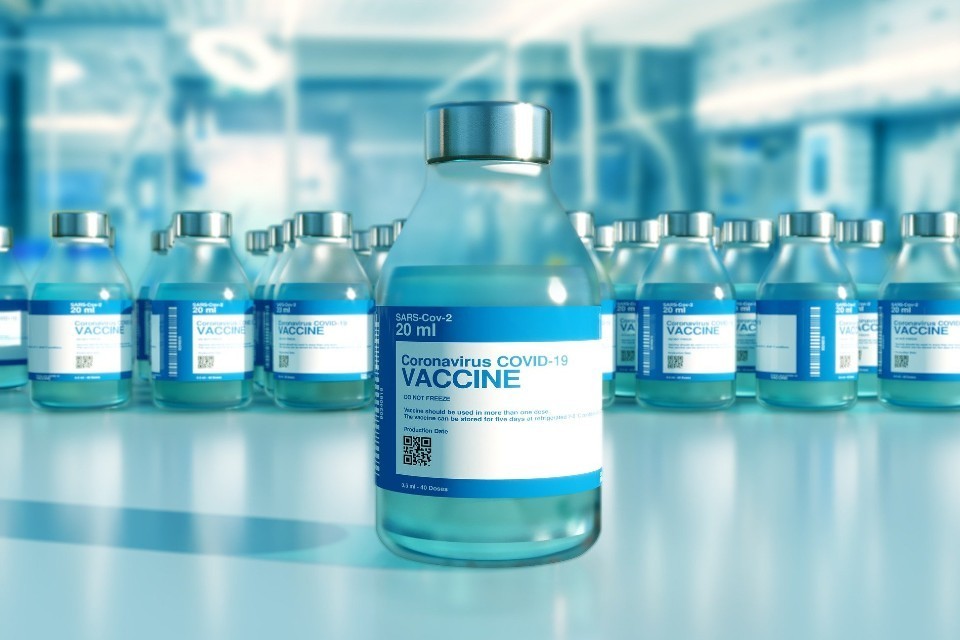The average human doesn't put that much thought into the problemThanks for that. Yes, that's the phrase I was looking for. Relative vs Absolute risk reduction. So I've now looked that up. Ta.
However it appears that you're not necessarily correct when you say "For vaccines, you use relative risk reduction"
You are spot on in that's what they seem to actually BE using ... whether that is what they SHOULD be using is another matter.
I just did a search. Let me give you an example of a paper:
https://www.ncbi.nlm.nih.gov/pmc/articles/PMC7996517/pdf/medicina-57-00199.pdf
In it, let me quote some sections:
"Abstract:
Relative risk reduction and absolute risk reduction measures in the evaluation of clinical trial data are poorly understood by health professionals and the public. The absence of reported absolute risk reduction in COVID-19 vaccine clinical trials can lead to outcome reporting bias that affects the interpretation of vaccine efficacy"
It seems the FDA themselves give the following advice!
" Provide absolute risks, not just relative risks. Patients are unduly influenced
when risk information is presented using a relative risk approach; this can result in suboptimal decisions. Thus, an absolute risk format should be used"
And here is one of the charts:
View attachment 44917
Hmmm. So looking at that, if you got the Pfizer Jab and thought you were getting 95% protection .... turns out, you've only reduced your absolute risk of getting symptoms by 0.7%
(yet of course you still run the same risks of adverse reactions, whether you call it 95% efficacy, or 0.7% efficacy!)
I wonder if that has caused some of us to have made what the FDA called "suboptimal decisions"
???

though it is remarkable that they shy away from a little prick that could with luck save their lives , and yet many of these people voted for arguably the biggest prick ever into a position where he could do the most harm.



